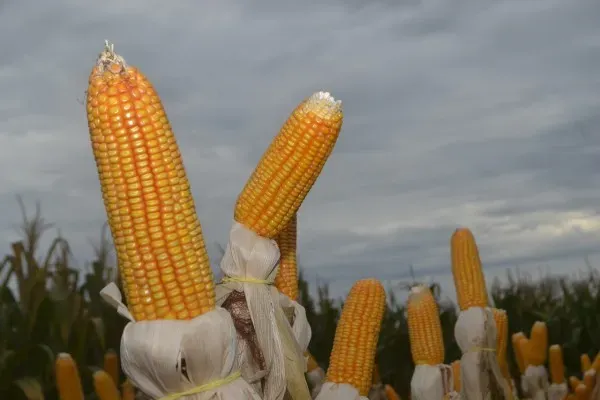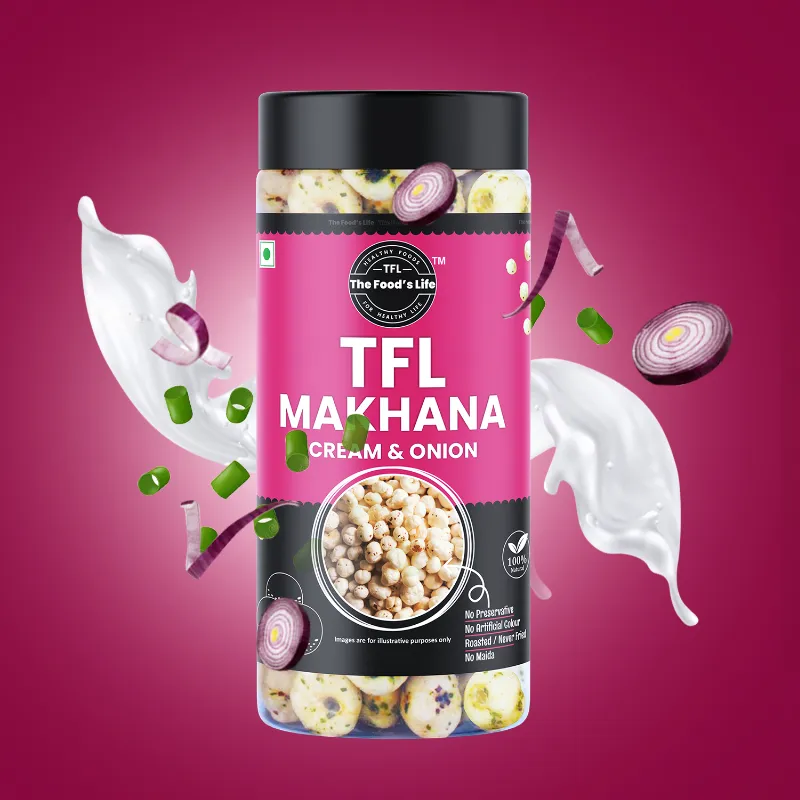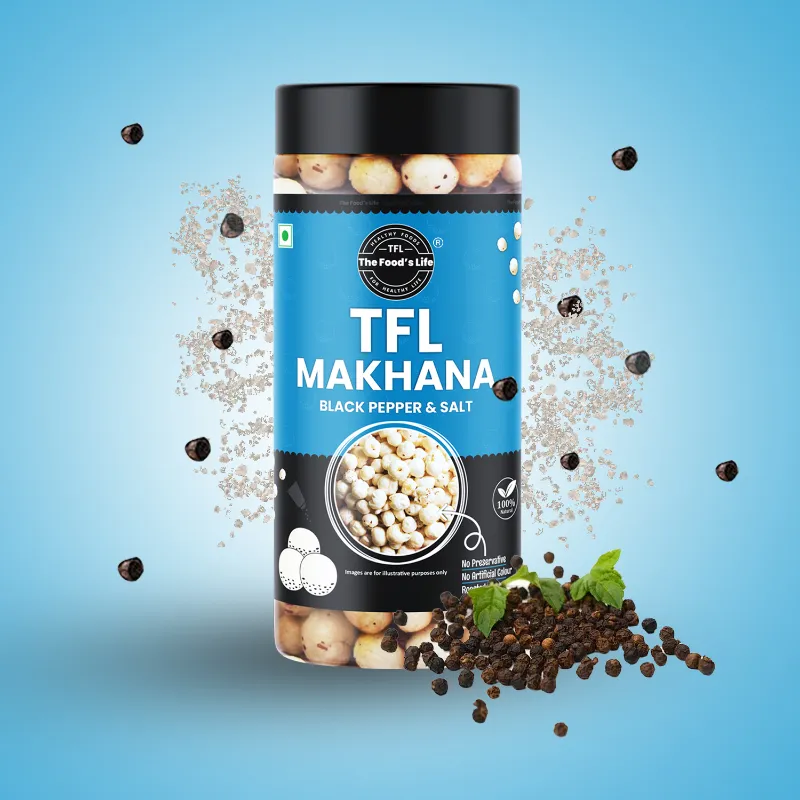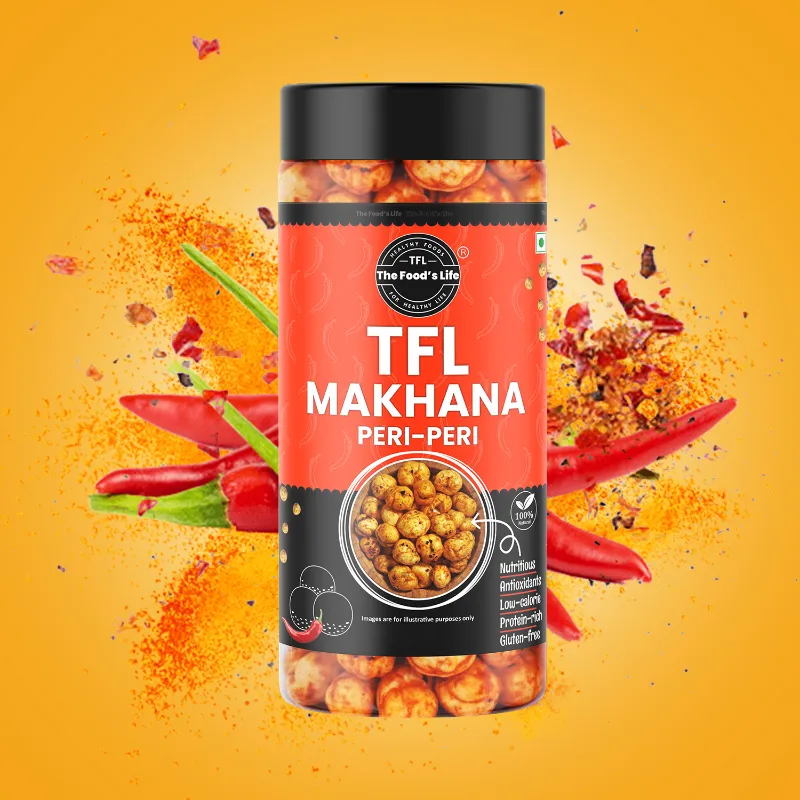The Corn, a humble yet versatile grain, and has woven itself into the fabric of human history. By becoming a staple in diets around the world. Let’s embark on a journey through time, and exploring the intriguing history of corn. From its ancient roots to its status as a modern-day culinary cornerstone.
Significantly the story of corn begins in Mesoameric. Where ancient civilizations like the Olmec, Maya, and Aztec cultivated and revered this resilient grain. These early cultivators played a pivotal role in transforming a wild grass called teosinte into the maize we recognize today.
So as European explorers set foot in the Americas. They encountered the indigenous peoples’ cultivation of corn, moreover witnessing its vital role in their diets and rituals. Intriguingly, corn quickly caught the attention of settlers, eventually spreading across the continent and beyond.
Corn’s journey didn’t stop in the Americas. It traversed oceans, becoming a global crop with adaptability to various climates. In regions like Europe, Africa, and Asia, corn found new homes, adapting to local cuisines and agricultural practices.
The cultivation of corn played a pivotal role in the agricultural revolution. Its ability to thrive in diverse conditions and provide a high yield per acre made it a valuable asset, contributing to the sustenance of growing populations.
In many cultures, corn evolved beyond a mere crop; it became a dietary staple. From tortillas in Mexico to polenta in Italy and cornbread in the United States. This grain became a fundamental ingredient, shaping regional cuisines and culinary traditions.
The 19th and 20th centuries witnessed the industrialization of agriculture, with corn taking center stage. Corn syrup, a sweetener derived from corn, became a prevalent ingredient in processed foods, marking a shift in the way corn was utilized in the modern food industry.
ISo in the late 20th century, biotechnological advancements revolutionized corn farming. Genetically modified (GM) varieties offered traits like resistance to pests and herbicides, increasing yields and changing the landscape of corn cultivation.
Today, corn is ubiquitous in our diets, present in various forms such as cornmeal, corn oil, and popcorn. Its versatility extends beyond direct consumption, as it serves as a crucial component in animal feed, biofuels, and a myriad of industrial products.
Meanwhile corn’s global prevalence is undeniable, particularly it is not without challenges. Concerns about monoculture, environmental impacts, and the dominance of certain GM varieties spark discussions about sustainable farming practices and the future of corn agriculture.
Also despite the challenges, corn continues to be celebrated in various culinary festivals and traditions worldwide, reaffirming its significance as not just a crop but a cultural icon.
Conclusion:
So the overall history of corn is a testament to its resilience and adaptability, transcending borders and centuries. Since From its ancient origins in Mesoamerica to its role as a global agricultural powerhouse, meanwhile corn has woven itself into the tapestry of human civilization. As we enjoy our corn-based dishes today, So let’s savor not just the taste but the rich history that accompanies each kernel.






